From November 29, all food and drinks available on the European market should comply with the requirements of the new guidelines. For the first time, these define precise criteria to differentiate between Coloring Foods and colorants. After November 29, all products that are used to color food and beverages that do not comply with the criteria for Coloring Foods will be classified as additives.
In GNT’s view coloring ingredients can be divided into three categories:
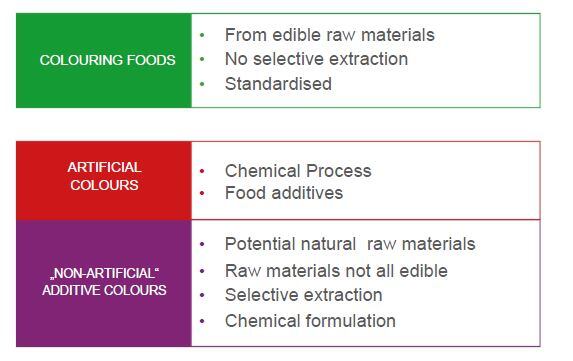
Since spirulina has recently been approved as a coloring ingredient in the US, GNT says the confectionery industry has the whole rainbow of colors at its disposable to color products from natural sources like carrots, elderberries and grapes. Yet it roughly estimates over half of colors used in confectionery globally are artificial, while 20% are non-artificial additive colors and the rest coloring foods.
EU guidance spells change for candy colors
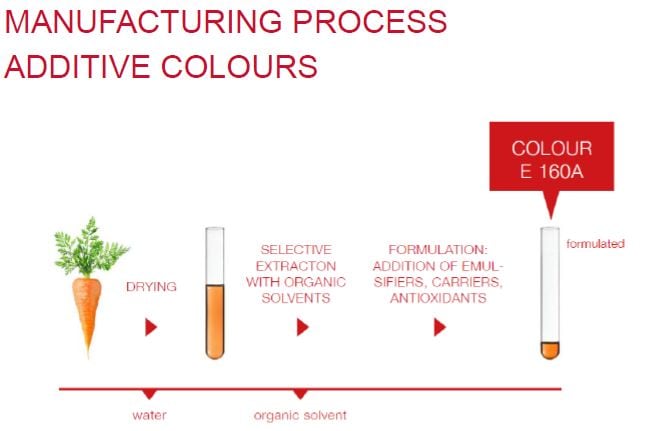
Guido de Jager, head of group marketing at GNT told ConfectioneryNews confectioners had typically favored artificial colors because they were cheaper and more stable, but said: “It’s shifting now – it’s converting to Coloring Foods.”
He said the swing was more pronounced in Europe and less so in developing markets.
GNT’s managing director Frederik Hoeck said: “We expect Latin America and Asia to pick up,” adding that the Asian market was perhaps five years behind Europe.
GNT expects the EU’s guidance notes to spur regulatory changes in other markets that have yet to regulate artificial and additive colors such as Brazil and India. Confectioners can currently claim non-artificial additive colors are natural. However, GNT says it will not be clear in the EU guidance notes if manufacturers can continue to claim ‘natural colors’ on this group since the notes only discuss the extraction process.
Big firms switching already
De Jager admitted some retailers were wary of manufacturers switching from additive or artificial colors to Coloring Food amid fear their margins could be pressured.
Yet big firms like Nestlé, Kellogg, Hershey and General Mills have all recently announced plans to eliminate artificial colors in certain products.
Other firms like Mars have defended the safety artificial colors and have made no public commitment to switch at global level.
Catering to consumers
Many of the big firms are responding to consumer demands. Innova Markets Insights is noticing a strong preference for clear label products among Millennial consumers – 15-35 year-olds that make up a third of the global population.
It says this age group increasingly wants to understand what is in their food, driven by social media influencers like Food Babe, who has campaigned against artificial colors in products aimed at children.
According to Innova, manufacturers have been simplifying ingredients lists and dropping e-numbers due to negative consumer perception. In 2005, 22.9% of EU food and drink ingredients lists made an e-number declaration, compared to 15.9% in 2014.
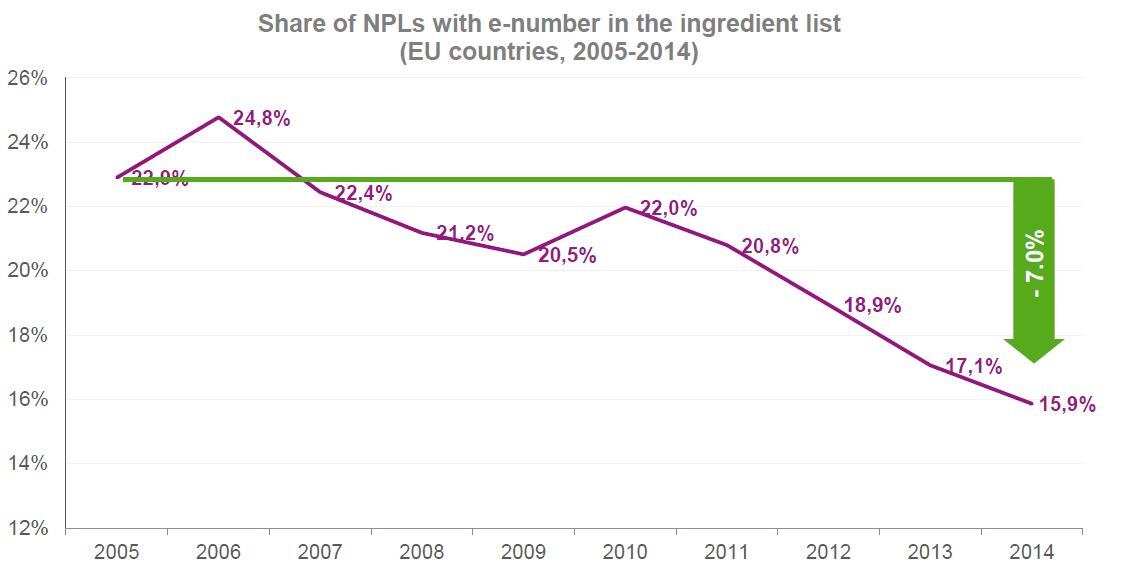
The cost
De Jager said GNT’s Exberry brand of Coloring Foods were typically slightly more expensive than artificial and additive colors, but were fully traceable as GNT is vertically integrated and works directly with a network of farmers – something fairly uncommon in the Coloring Foods market, he said.
“Some manufacturers will say consumers aren’t prepared to pay for that, but we doubt it,” said De Jager.
Paul Collins, managing director of GNT UK, added that costs for Coloring Foods were coming down as more manufactures made the shift.
Smaller companies express doubts on Coloring Foods
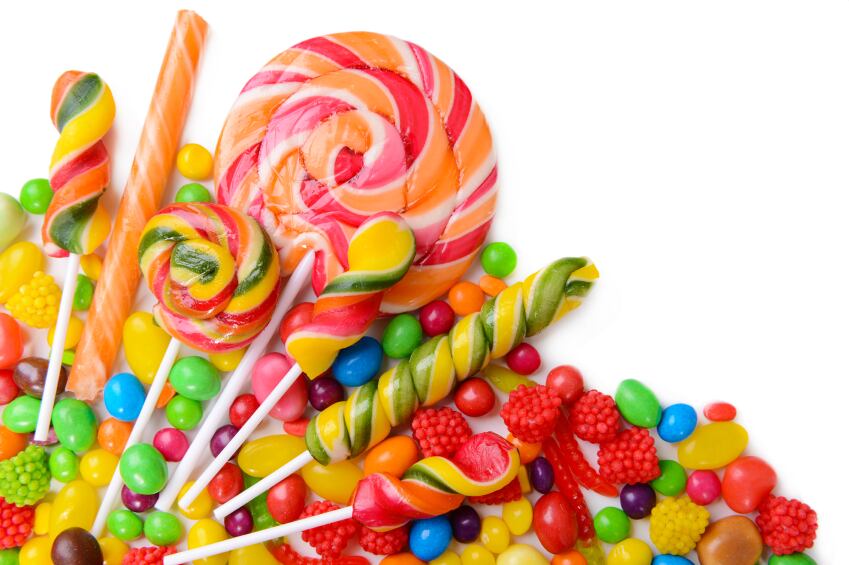
Two family-owned U.S. candy firms Just Born and Gimbal’s told ConfectioneryNews earlier this year a switch from artificial to natural colors and flavors was financially risky. Just Born said small businesses would struggle to remain competitive if they paid for more expensive ‘natural’ colors and changed labels. Gimbal’s claimed natural colors were often duller than artificial counterparts and faded over time
Labeling and nutrition
GNT says Coloring Foods function very differently to artificial colors. While artificial colors are plug-and-play for most applications, each confectionery application requires a particular blend of Coloring Foods to achieve similar results.
Artificial colors and alleged hyperactivity link

A 2007 study by the University of Southampton linked six artificial colors to hyperactivity in children: sunset yellow FCF (E110), quinoline yellow (E104), carmoisine (E122), allura red (E129), tartrazine (E102) and ponceau 4R (E124).
GNT says Coloring Foods typically have no impact on taste as the dosage is quite low.
It says manufacturers can label a Coloring Food with simply the fruit and/or vegetable used – for example ‘black carrot’. However, it recommends manufactures be transparent and disclose the carrot was used for coloring, favoring a label such as ‘Coloring Food (concentrates of carrot, hibiscus)
GNT has a Nutrifood line of colors that are rich in naturally occurring bioactive components, such as polyphenols.
It says there could be some antioxidant benefits from coloring foods but more research is needed.
Traceable supply
GNT recently hosted ConfectioneryNews for a plant tour and explained how Coloring Foods were produced.
Most vegetables used for GNT ‘s Coloring Foods are grown 200 km around its factories, helping it keep a low carbon footprint and to preserve the color, it said.
GNT works with around 100 farmers under contract and has exclusivity on all their produce. It also employs own agronomists that work directly with farmers. The company has a fixed price with farmers, so its customers are not impacted by raw material price fluctuations.
Hoeck said GNT’s raw material stocks were high and it could serve customers even in a bad harvesting season.
How is it processed?
GNT has two plants that produce 6,000 MT of Coloring Foods a year, enough for 25 billion food and drink servings. Its factory in Heinsberg, Germany is the largest Coloring Food plant in the world, but we toured its other plant in Mierlo, Netherlands.
GNT processes vegetables one day after harvest. The vegetables are chopped before entering a blanching machine that cooks the raw material.
Fibers are removed to produce a cloudy juice. Vacuum filters then make the juice clearer. It’s almost the same process for companies producing vegetable juice. The vegetable juice is then filtered and evaporated.
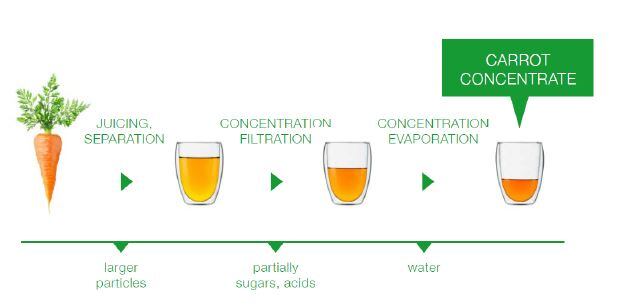
It typically takes a week to make a single color. The color concentrates are blended to suit particular applications such as sugar confectionery or beverages. GNT sometimes mixes more than three colors to obtain the best results per application.
The finished Coloring Food can come in a dry powder with extended shelf life in storage (generally two to three years depending on the raw material) or a liquid (one year shelf life). GNT says there is no difference in functionality, but powder is more expensive as it requires extra processing steps.
GNT’s Coloring Foods are considered non-GMO, kosher, halal and vegan.
